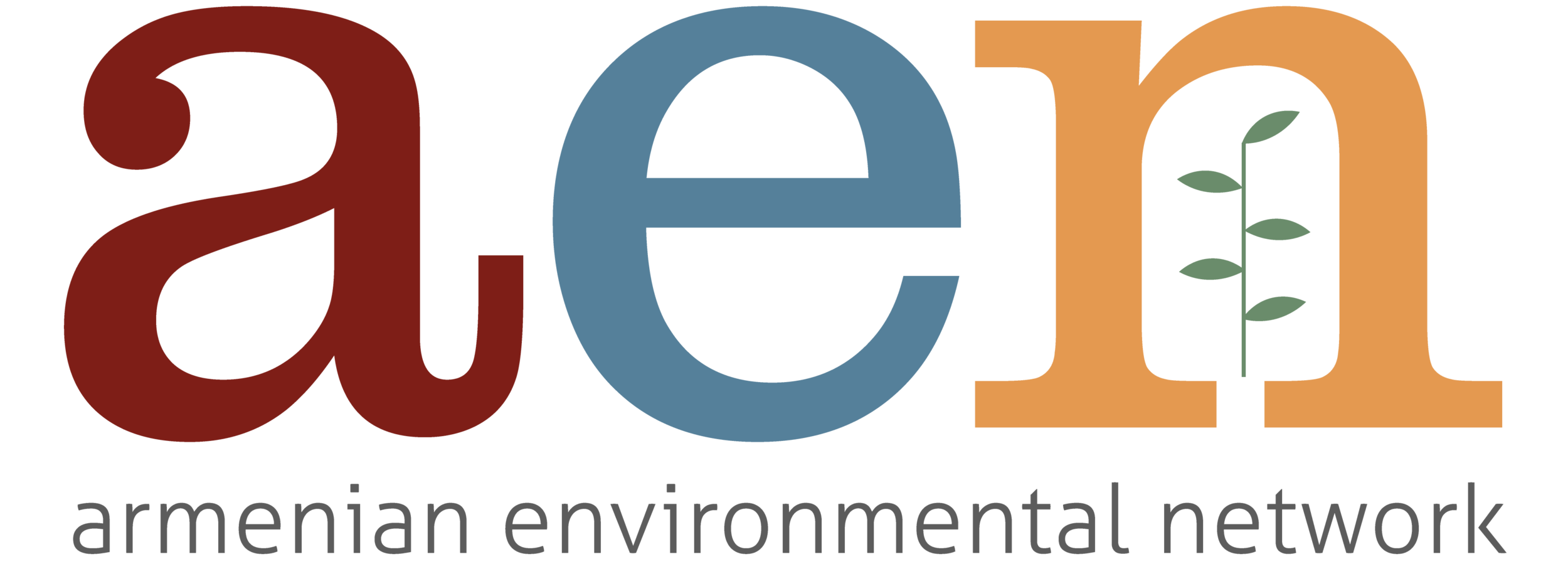Issues
Wildlife Hunting and Trade
Uncontrolled hunting, poaching and trade are serious issues throughout Armenia. As is the case across the world, rare species are specifically sought after because they fetch a higher price and give people bragging rights. But common species may also be poached or traded for display in private "zoos", in the homes of oligarchs or for sale on the internet.
Over the years, there have been numerous stories of illegal hunting and trade of wild animals in Armenia. These stories often get highly publicized and shared through social media.
Wildlife Trade
The international trade of rare plants and animals is regulated by the Convention on International Trade in Endangered Species of Wild Fauna and Flora (CITES). Armenia ratified the convention in 2009 which requires Armenia to follow specific procedures including specified permits accompanying regulated species.
In recent times, Hetq.am has published numerous articles on Armenia's involvement in the illegal trade in primates and other wildlife, highlighting the falsification of necessary CITES documents, lack of enforcement and lack of interest from the government to penalize wildlife traffickers.
Some of the animals brought to Armenia remain in the country and are displayed by businesses as "attractions" for customers or are sold as pets. Others only pass through Armenia on their way to other countries.
In addition to primates, Armenia was also in the international spotlight in 2010 for importing four dolphins for the first dolphinarium in Armenia. After protests and international outrage, the dolphinarium was closed and the dolphins were supposedly moved to Ukraine. In 2017, however, another two dolphins were imported with false import permits and on display at the Best Western Paradise Hotel in Dilijan.
Hunting and Poaching
It is believed that illegal fishing and hunting in Armenia have decreased significantly since 2000. However, robust population surveys have not been conducted for many wildlife species in Armenia therefore even the slightest amount of unregulated hunting could create a dangerous imbalance. The Red Book of Animals of the Republic of Armenia does list the known endangered species in the country and some of these are known to be targets for local and international hunters, such as the brown bear, bezoar goat and Armenian mouflon. Poaching in legally protected areas also occurs and is a serious concern.
While hunting in Armenia is mostly a traditional activity and usually involves small mammals, international trophy hunters do visit Armenia for organized "hunting tours". Animals such as bears, wolves, fox, badger, mink, bezoar goat and mouflon are also sought after for their skins or body parts. These can be found at markets in Yerevan as well as online on websites such as List.am.
Bear cubs and some raptors are captured from the wild for captivity. Butterflies and other insects are also captured and used to make souvenirs which are sold in markets in Yerevan.
Some animals are also targeted in rural areas in Armenia in response to human-wildlife conflicts. Villagers have reported experiencing conflicts with and killing snakes, martens, wolves, bears, foxes, jackals, snake, weasels, raptors and boar. Sometimes these animals are killed using poisons or indiscriminate and inhumane traps.
There are efforts to redraft Armenia's wildlife legislation to close key loopholes. In its current form, unofficial breeding farms for exotic and native species and private "zoos" are not prohibited or regulated by the government.
Resources:
An Assessment of Wildlife Trade in Armenia with Recommendations for Interventions
Indiscriminate leghold trap set to capture wildlife


